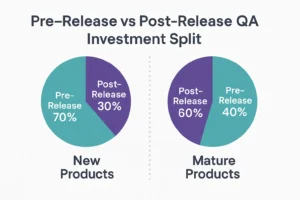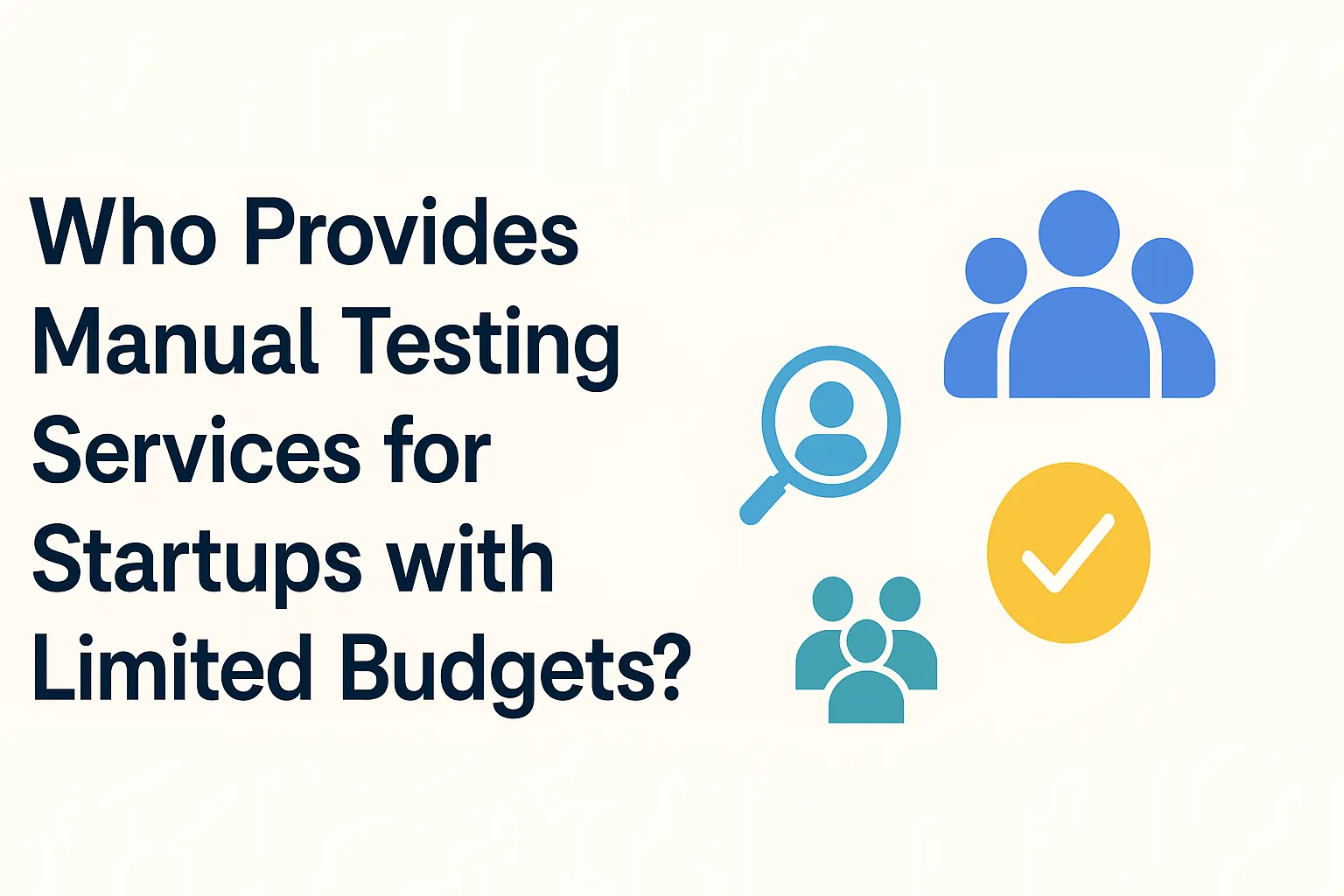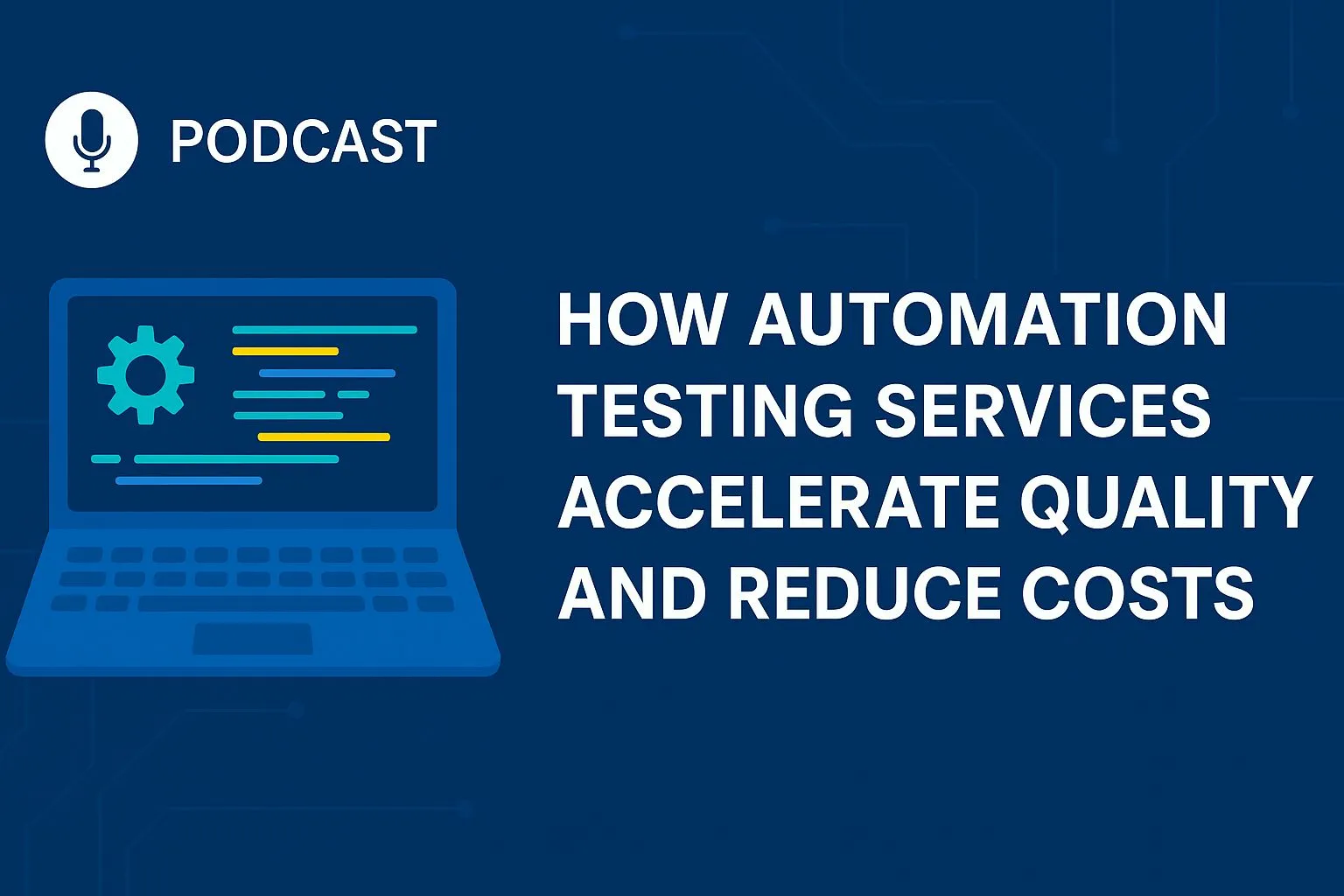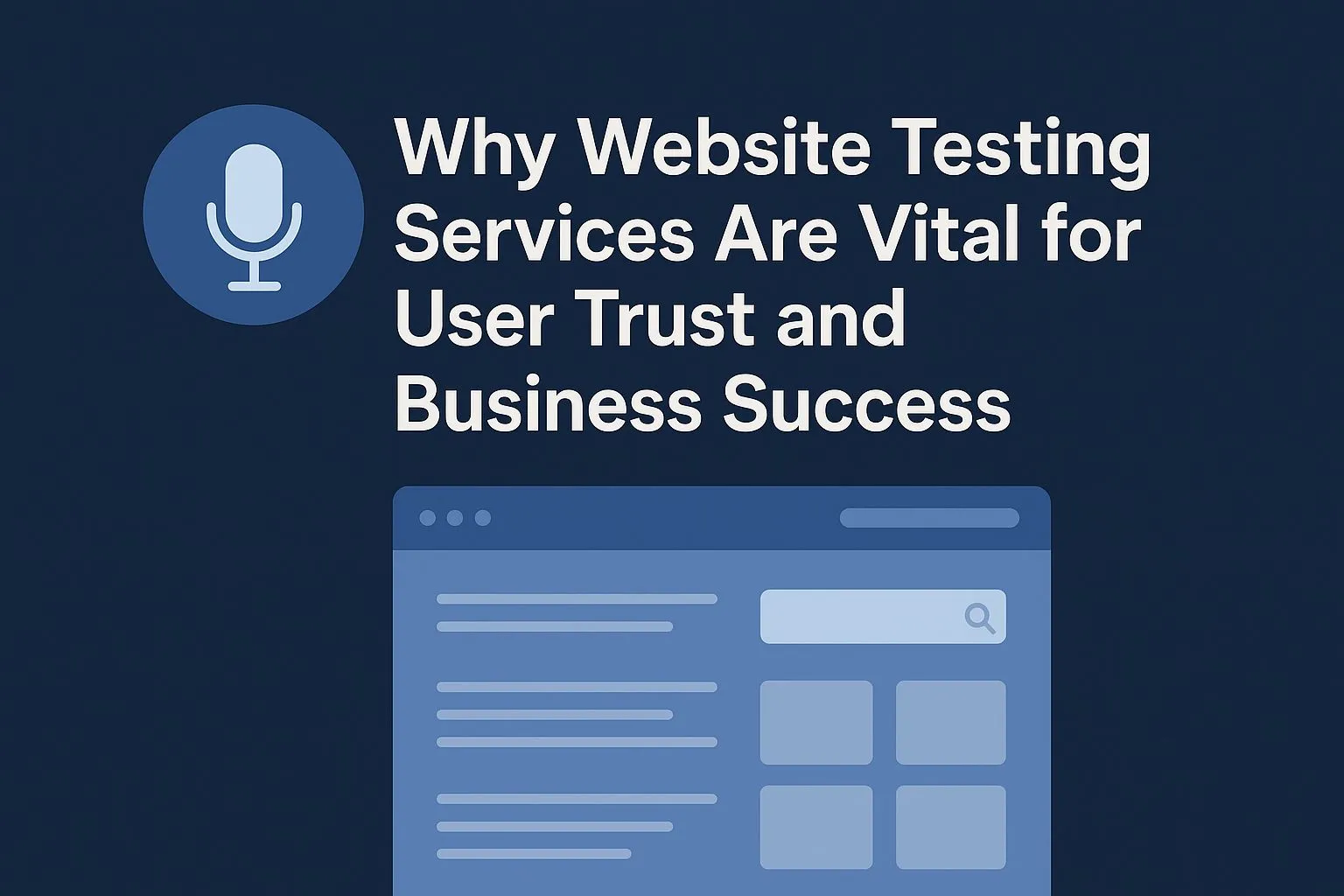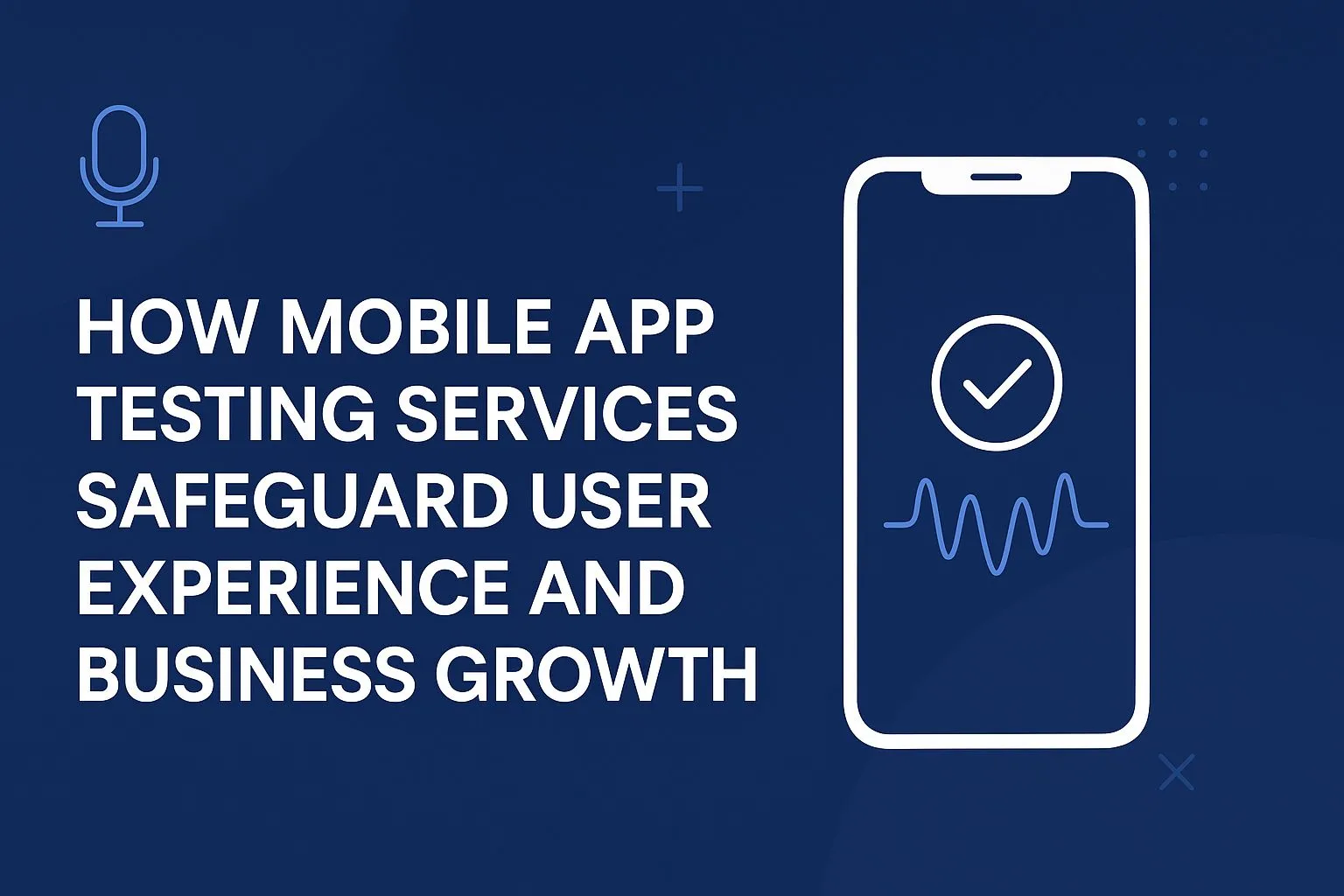Pre-Release vs Post-Release QA: Where Should You Invest More?
Introduction
In today’s competitive digital market, quality assurance (QA) is no longer optional—it’s the foundation of any successful app or game. A single crash on launch day or a broken feature after an update can not only frustrate users but also damage a brand’s reputation. Yet, one of the most common dilemmas product owners face is: Where should we invest more—pre-release QA or post-release QA?
The truth is that both are essential. However, their roles, timing, and return on investment (ROI) differ significantly. Understanding when to prioritize pre-release QA and when to double down on post-release QA can save thousands of dollars, protect your reputation, and ensure long-term user retention.
What Is Pre-Release QA?
Pre-release QA is all about making sure your product is ready for launch. It covers structured testing done before the app or game goes live. This stage focuses on:
- Functional Testing – ensuring features work as intended.
- Compatibility Testing – checking performance across devices, OS versions, and browsers.
- Performance Testing – verifying stability under load, fast response times, and no critical bottlenecks.
- Usability & UX Testing – validating that the app feels intuitive to users.
- Compliance Testing – meeting Apple App Store, Google Play, or platform certification requirements.
👉 The goal is prevention. Identifying defects early costs far less than fixing them once users have already experienced them.
What Is Post-Release QA?
Post-release QA begins the moment your app or game goes live. This stage focuses on maintaining and improving quality after launch, especially when updates or new features are rolled out. It involves:
- Regression Testing – ensuring that new code changes don’t break existing features.
- LiveOps & Update Testing – verifying seasonal events, patches, and expansions.
- Performance Monitoring – identifying crashes, lag, or slowdowns under real user traffic.
- User Feedback Analysis – turning bug reports and reviews into test cases.
- Security & Compliance Updates – maintaining data privacy standards like PCI DSS, HIPAA, or GDPR.
👉 The goal is adaptation. Since apps evolve constantly, post-release QA ensures you remain competitive and bug-free as new OS versions, devices, and user expectations emerge.
Key Differences Between Pre-Release and Post-Release QA
| Factor | Pre-Release QA | Post-Release QA |
| Timing | Before launch | After launch |
| Focus | Prevention & stability | Maintenance & improvement |
| Cost | Lower (early bug fixes) | Higher (fixing live issues) |
| User Impact | Bugs stop launch | Bugs affect real users |
| Scope | Holistic validation | Iterative, update-based |
💡 Fixing a bug post-release can cost 5–10x more than fixing it pre-release.
Why Pre-Release QA Often Delivers Higher ROI
- Avoids Store Rejection – Both Apple and Google have strict app review processes. Apps that fail compliance can be rejected outright. Pre-release QA ensures smoother approval.
- First Impressions Matter – Users are unforgiving. A buggy launch can lead to poor reviews that are difficult to recover from.
- Lower Cost of Fixes – Bugs caught early during QA are cheaper to resolve.
- Launch Confidence – With structured QA, you avoid embarrassing launch-day surprises.
Case Study – Finance App (U.S.)
A U.S.-based banking app was preparing for launch. During pre-release QA, Testers HUB identified a critical transaction failure bug that only appeared during peak hours. Fixing this before launch prevented what could have been thousands of failed transactions and regulatory fines. The app launched smoothly, passed compliance checks, and received strong first-week reviews.
Why Post-Release QA Remains Essential
- Apps Are Never “Finished” – Frequent updates, new devices, and OS changes require continuous QA.
- LiveOps & Engagement – Games with live events need consistent QA to prevent downtime.
- User-Centered Improvements – Real-world feedback highlights usability issues missed in controlled testing.
- Security Evolution – Threats evolve; post-release QA ensures your app remains safe.
Case Study – Mobile Game (UK)
A UK-based studio released a mobile RPG with seasonal multiplayer updates. While the launch was clean, post-release QA identified a regression where a new patch broke matchmaking logic. Quick detection and resolution helped retain players and avoid negative reviews during the event.
The Ideal Balance: A Combined QA Strategy
Pre-release QA gives you confidence to launch, while post-release QA ensures you sustain long-term success. The smartest approach is not choosing one over the other but creating a balanced QA roadmap:
- New Apps / Games: 70% pre-release, 30% post-release.
- Mature Apps / Games: 40% pre-release (for new features), 60% post-release (for updates & scaling).
This ensures you minimize risks at launch but continue improving user experience over time.
How Testers HUB Delivers Both
At Testers HUB, we partner with startups, enterprises, and game studios to provide end-to-end QA strategies.
- Pre-Release QA: Functional testing, device compatibility, performance, usability, compliance.
- Post-Release QA: Regression testing, patch validation, update QA, LiveOps support.
- Real-Device Testing Lab: 30+ Android & iOS devices, PCs, consoles, and browser setups.
- Industry-Specific Expertise: Fintech, healthcare, eCommerce, SaaS, gaming, and more.
With our hybrid manual + automation approach, you don’t just prevent bugs—you protect your reputation and accelerate growth.
Conclusion
So, where should you invest more—pre-release QA or post-release QA? The answer depends on your product’s maturity. For new launches, pre-release QA should dominate to ensure a smooth and trustworthy launch. For established apps, post-release QA becomes equally critical to maintain competitiveness, security, and user retention.
The bottom line: don’t gamble with quality. Work with an experienced QA partner like Testers HUB to craft a strategy that balances prevention with long-term improvement.
FAQ
Q1: Which is more expensive—pre-release or post-release QA?
Post-release QA tends to be more expensive, as fixing issues after launch often involves rework, patching, and user recovery efforts.
Q2: Can startups skip post-release QA to save money?
Not advisable. Even small apps need post-release QA for updates, OS changes, and ongoing improvements.
Q3: Is automation useful for both stages?
Yes. Automated regression testing saves time post-release, while automation also accelerates coverage pre-release.
Q4: How should businesses split their QA budget?
For new products: ~70% pre-release, 30% post-release. For mature products: 40% pre-release, 60% post-release.
Q5: What makes Testers HUB a trusted QA partner?
We offer domain-specific expertise, real-device coverage, and flexible engagement models, helping businesses avoid launch disasters and maintain long-term success.


